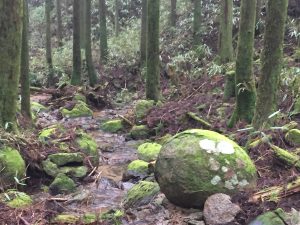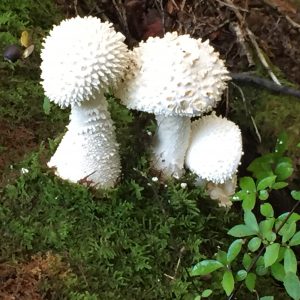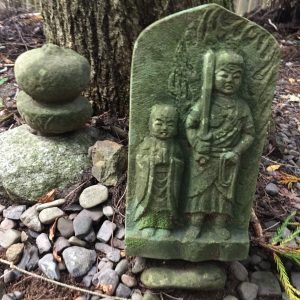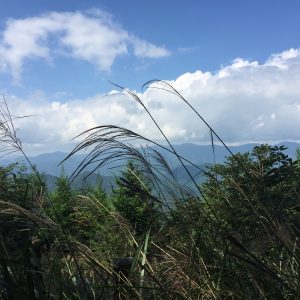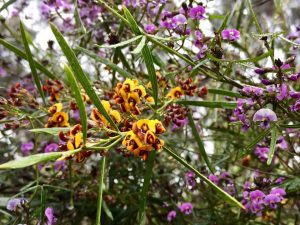I’ve just returned from forest bathing in Japan.
A friend and I walked the Kumano Kodo, an ancient pilgrimage route that wends its way through a series of Shinto Buddhist shrines.
For five days and six nights we immersed ourselves in nature, waking each day with the sole purpose of putting one foot in front of the other.
In different ways, we were both craving the space to slow down and savour being amongst the trees, attending to our thoughts, without the cares of daily life to distract us.
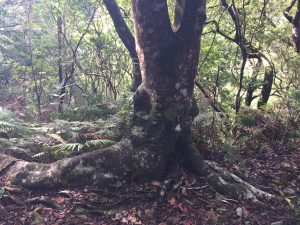
At turning points in our careers, we also wanted to embrace the idea of pilgrimage that was historically part of the kumano trail, with the aim of shedding a few layers and hopefully finding some clarity for the next stages in our life journeys.
We also knew that spending time in the forest had the power to restore both mind and body.
Forest therapy
Shinrin yoku is the medicine of simply being in the forest.
The term translates as “taking in the forest atmosphere” or forest bathing and was coined in Japan during the 1980s. Studies have showed that when we breathe in phytoncides, the essential oils emitted by trees to protect themselves from insects and disease, it actually improves our immune function as well.
Once you start paying attention there is a proliferation of research showing the benefits of spending time in nature–from reducing cortisol levels, improving immune system function and relieving depression.
While its helpful and perhaps good encouragement for those who might not otherwise be convinced to head outside, we don’t need science to tell us what we each instinctively know already: being in nature is healing.
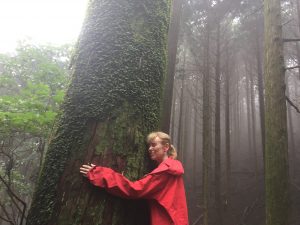
You only need step outside after a day in the office and hear the birds in a city park, or walk beside the ocean to sense the restorative powers of returning to the natural world. Having evolved in the natural world and spent the majority of our human history immersed in it, it is a returning home after all.
So what does forest bathing involve? Like so many good things, its actually very simple:
Go to a Forest. Walk slowly. Breathe. Open all your senses.
Walking the Kumano Kodo
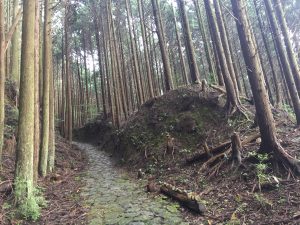
Walking the Nakahechi trail of the Kumano Kodo was the perfect place to engage in forest therapy. We walked over 80 kilometres through mountain passes of mossy cypress trees and small villages, glimpsing bamboo groves and terraced rice fields and soaking up Japanese culture and traditions along the way.
We watched as walkers both younger and older overtook us on the trail, tramping at high speed to their final destination. Choosing consciously to take our time, we stopped; to breathe the air, to touch the moist bark of the cypress trees, examine exotic mushrooms and tiny orange crabs that we found on our path.
At the end of the first day, I fell under the spell of an 800 hundred year old cedar tree that lined the steps to an ancient shrine. I can still picture the old giant in my minds eye and sense its quiet strength. How many pilgrims had passed by its trunk over the millennia?
Of course the trail was harder than we imagined as all good quests and journeys should be and in different ways. For Lee ill fitting boots and blisters made parts of the walk a feat of sheer determination. For myself the challenges showed up in different guises, emotions long buried surfaced when I least expected it. (And having to contend with fish for breakfast as a vegetarian!).
We were in good company for all our revelations and discouragements. The trail has been traversed by pilgrims and Emperors for over 1000 years, some of whom wrote of their own struggles in diaries and records that still remain. Not least the travails of the ‘back breaking slope’ a three hour and 600 metre ascent we encountered on the third day.
Thankfully a traditional onsen bath in hot springs awaited us at the end.
What the research tells us
From 2004 to 2012, Japanese officials spent about $4 million dollars studying the physiological and psychological effects of forest bathing, designating 48 therapy trails based on the results. In a 2009 study Qing Li, a professor at Nippon Medical School in Tokyo, measured the activity of human natural killer (NK) cells after exposure to being in the woods. NK cells are part of our immune system response to infected cells and tumour formation and are associated with immune system health and cancer prevention. Not only were NK cells more active in the week after a forest visit, the positive effects lasted a month following each weekend in the woods.
Not surprisingly the practice of shinrin yoku or forest therapy is being adopted across the world as an approach to healing and health care.
Nature deficit disorder
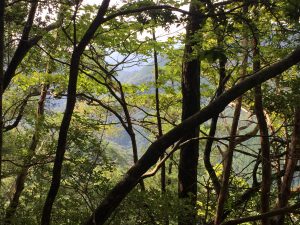
Everything we have learned about the world we learned from careful observation of nature. Yet as we encircle ourselves in suburbs and cities, we grow more distant from it each day. Hiding behind screens is resulting in a myriad of social issues, social disconnection and mental unquiet.
In her writings, clinical psychologist and Buddhist, Tara Brach shows how this ‘alternate reality’ affects us in profound ways, separating us from our true nature.
“We feel separate, inadequate, and unworthy. To defend against these feelings, we look outside ourselves for something to dull the pain. And our culture is all to happy to help. Buy more. Eat more. Get a bigger house, a bigger car… All of this over-consumption provides us a short-term fix (just like a drug) but causes long-term damage to our planet.”
While there are changes starting to occur with movements such as slow food and the exploding popularity of farmers markets, the majority of us continue to consume endless products from the living environment, yet know precious little about the intimate web where our food, clothing and shelter comes from.
And while we spend more and more time indoors the world is out there waiting.
The world offers itself to your imagination,
calls to you like the Wild Geese, harsh and exciting
Over and over announcing your place
in the family of things
-Mary Oliver
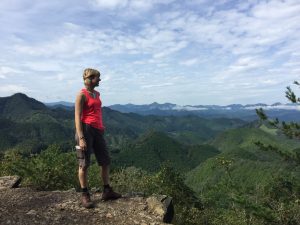
Reconnecting to our home
Returning from Japan and walking again on familiar trails near my home, I can see the small changes that have occurred during my time away. The wildflowers are starting to bloom from the abundance of rain. I know that in a few weeks the hillside behind my home will be scattered with tiny bursts of colour.
I also now know deep in my bones that this is the work I am meant to be doing: bringing together my lifetime love and fascination for the natural world with the human potential for healing and transformation. Call it forest bathing or eco therapy or shinrin yoku, there’s something wholly satisfying and centring about reconnecting to the world around us, that wonderland which amazed us as children.
Here our Australia’s Aboriginal connection to country has much to teach us. Learning how to be at home again in nature, might be the most powerful way to teach our fellow humans to value and protect the environment that supports all life.
If you embrace one thing for your greater wellbeing, let it be this: More time spent in nature. It will lift your mood, boost your immune system, improve your problem solving skills, feed your creativity, and deeply sustain you.
If you’d like to immerse yourself in the bush, reawaken your intuition and creativity, learn from local Ngunnawal guides, and soak up what the trees and wild creatures have to offer, come join me for the next Soul Food Sundays series of walks and wellbeing workshops.
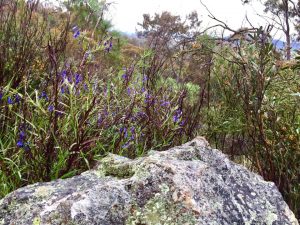
Starts October 30: You’ll find more details here: www.innernature.com.au/workshops

